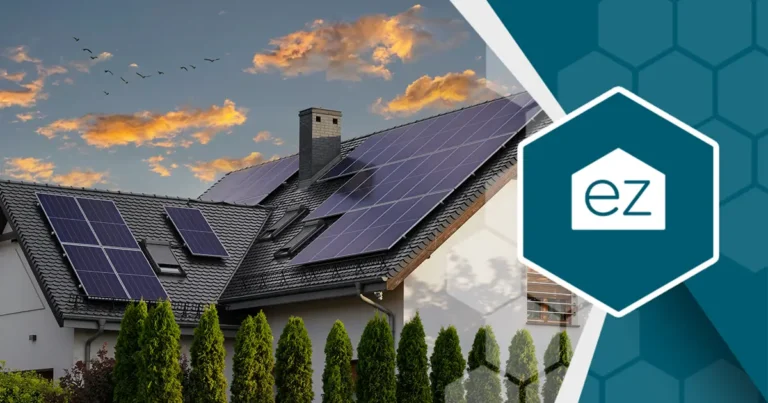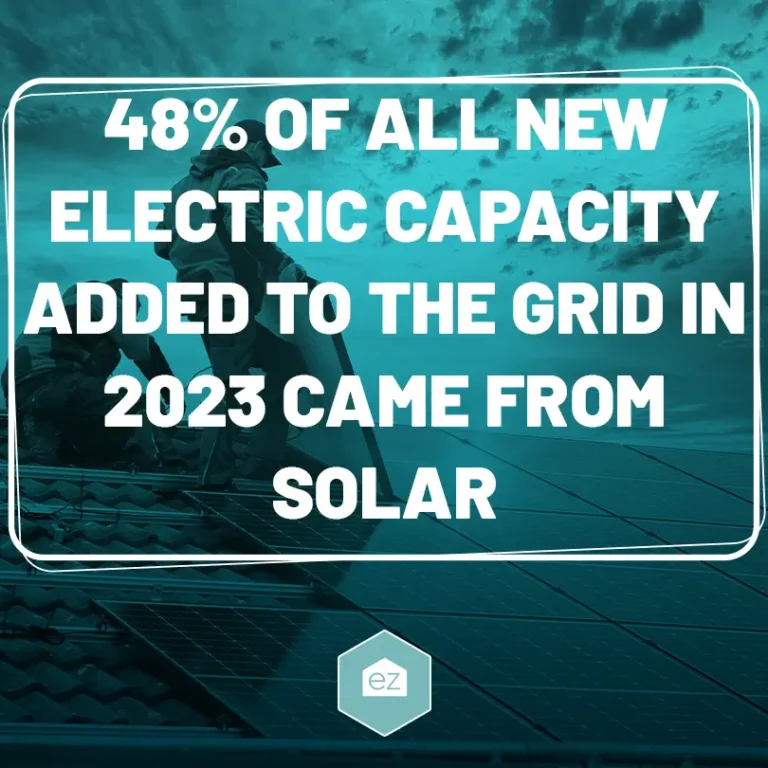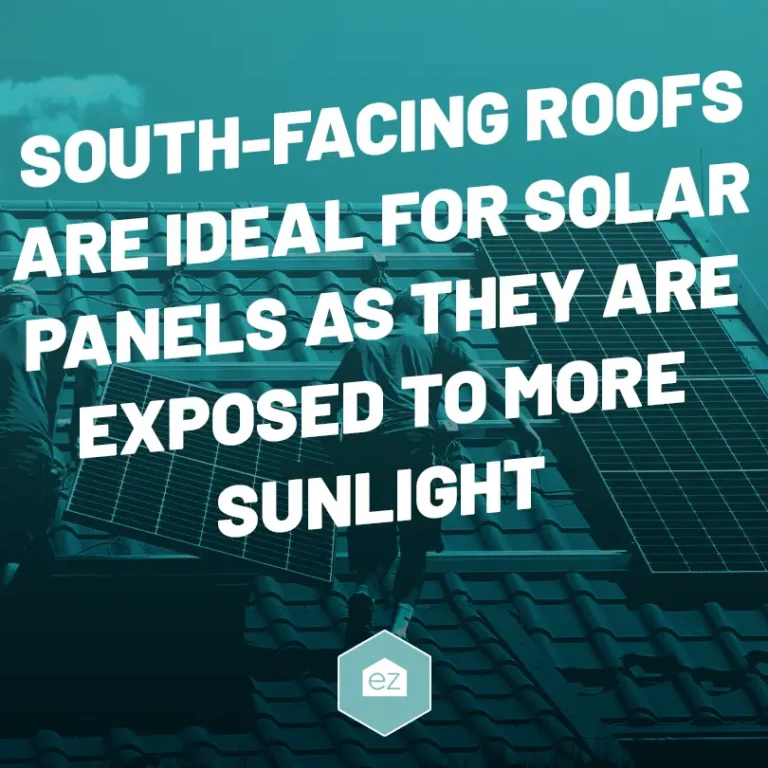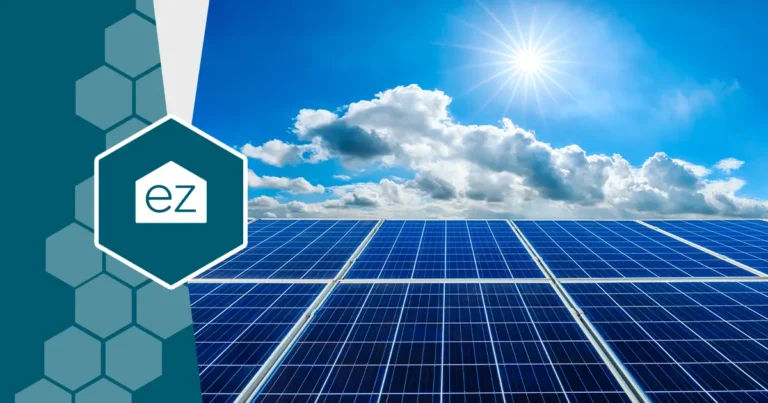Residential Solar Power: Harnessing Renewable Energy for Sustainable Living
The shift to renewable energy is no longer just an eco-warrior’s battle cry; it’s fast becoming an imperative for individual households looking to embrace a sustainable lifestyle. As technological advances make green solutions more accessible, residential solar power is emerging as a viable and cost-effective option to reduce our carbon footprint and save on energy bills. This comprehensive guide is designed for eco-conscious homeowners, renewable energy enthusiasts, and anyone seeking to pivot towards a greener footprint. We’ll dive into the benefits of solar power, the types of systems available, key considerations for installation, available financial incentives, and how to choose the right solar installer for your home.

Importance of Renewable Energy and Its Impact on the Environment
Adopting renewable energy sources is pivotal in curbing the catastrophic effects of climate change. By harnessing energy from the sun, we can significantly reduce our reliance on fossil fuels, the primary contributors to air pollution and global warming.
Embracing residential solar power is more than just an individual action; it’s a collective step towards a greener, cleaner, and sustainable future for future generations.

Benefits of Residential Solar Power
Lower Energy Costs
One of the most significant advantages of solar power for homeowners is the long-term reduction in energy bills. You can lock in low energy costs and predictable. Some homeowners eliminate their monthly power bills altogether.
A solar panel system not only offers savings on your utility costs but can add value to your home. More homeowners see having solar on the home as a benefit, making it an attractive investment for the future.
Reduced Carbon Footprint
Household energy consumption accounts for a substantial portion of carbon emissions. By installing a solar power system, you directly contribute to reducing greenhouse gases.
With every kilowatt-hour of electricity your system generates, you’re helping to combat climate change and make a positive environmental impact.
Energy Independence
Residential solar power grants autonomy from energy grids and the price fluctuations that come with them. As a homeowner, you’re no longer at the mercy of utility companies and their rate changes. You control your clean energy production and usage.
This independence is particularly valuable in regions prone to power outages, ensuring that your home remains powered during even the most severe weather events.
Types of Residential Solar Power Systems
Going solar and determining the right setup for your home depends on various factors, including your energy needs and local regulations. Basically, each system comes with unique equipment to support that homeowner’s preference. Residential solar power come with three configurations:
On-Grid Systems
The most common type, an on-grid system or a grid-tie system, is connected to the local utility grid. The home can draw power from the utility when the solar panels aren’t producing enough electricity. These systems often feature net metering, where you can return or sell excess power to the grid. Since they don’t use batteries, they’re a more cost-effective option to add solar power to a home. Just note that the solar system will also be shut down for worker safety if the utility company’s power fails.
Off-Grid Systems
As the name suggests, off-grid systems operate independently of the utility grid. They are equipped with battery storage to provide electricity during times of low solar production, such as at night or on overcast days. Having a battery can be a benefit, but it’s also one of the most expensive parts of a residential solar system. The larger the battery bank, the higher the costs.
Hybrid Systems
Hybrid systems combine the best of on-grid and off-grid systems. They use additional battery storage to store excess power, ensuring that you have electricity available when solar production is low or if the utility service experiences a power outage. The inverter will automatically kick in and keep the home appliances running using power in the battery bank.
Cost of Residential Solar Installation
When considering the investment in a residential solar installation, it’s essential to understand the ecological benefits and the financial outlay required. Installation costs can vary widely, but an average-sized residential solar setup might hover around the $25,000 mark, as the Solar Energy Industries Association noted. While that’s a drop from the $40,000 price tag in 2010, it’s still a hefty figure for many homeowners.
It’s worth emphasizing that these figures represent costs before considering any government tax incentives that could significantly lower the overall expense. The going rate is about $2.5-$3.50 per kilowatt hours.
When calculating the total price, consider your regular energy consumption. Find this information on your monthly utility bill. Also, consider the system size that will generate the required amount. Tools like the SolarReviews calculator can help estimate the system size for you.
About Solar Leases
A solar power system can be purchased outright by the homeowner–or it can be leased. Solar leasing or a power purchase agreement (PPA) installs a solar power system on the home, but it is owned by a solar company or utility. With this arrangement, you pay a fixed monthly fee to use the system rather than having a monthly loan payment. That payment is determined by the estimated power generation of the system.
While leasing can make solar power more accessible, it’s essential to consider the long-term financial implications. Leasing does not qualify the homeowner for any tax incentives. It also means that should you sell, the buyer must be willing to take on the solar lease.
Factors to Consider When Installing Solar Power
Before beginning the installation process, you must assess your home to determine its solar viability.

Roof Orientation and Size
The direction your roof faces plays a significant role in the efficiency of your solar panels. The Department of Energy recommends south-facing roofs with a slope of 15 and 40 degrees. This roof orientation typically receives the most sunlight throughout the day. Other orientations can work, but it’s best to consult with a local installer on if it makes sense for your home.
Additionally, the size and slope of the roof will dictate how many panels you can install. You’ll need to ensure there’s ample space and that your roof is structurally sound to support the added weight.
Available Sunlight
Shading from trees, buildings, or other obstructions can significantly impact solar panel performance. Evaluate the solar exposure of your property throughout the year to determine the projected energy production of your system. The National Renewable Energy Laboratory has published a PW Watts calculator to help homeowners estimate local energy production at their home. Keep in mind it doesn’t know if your location is blocked by canopy.
System Size and Capacity
The size of your solar panel system depends on your energy consumption and the amount of space available for installation. Larger systems will require more space and come with a higher upfront cost but often offer better returns on investment in the long run. A professional solar installer can help you choose the right system size to meet your needs.
Roof Age and Type
Take into account the age of your roof and the time remaining before it requires replacement. Solar panels have a 40-year life span, but not all roofs do. If yours is due for replacement soon, it may be worth waiting to install until that point in time or to factor in a new roof with the installation.
The materials matter, as harder roofing materials like clay tile or slate require specialty brackets and more experienced installers than a composite or asphalt shingle roof.
Financial Incentives and Government Programs
In the past, homeowners fasted high costs as an barrier to installing a solar power system. Now, various financial incentives and government programs are in place to make the transition more affordable.
Tax Credits and Rebates
Many governments provide tax credits or rebates to homeowners who install solar panels. The Federal Residential Solar Energy Tax Credit on 30% of the installation cost can be claimed on Solar PV systems installed between now and 2032. This credit is only if you purchase the system, are not selling the solar power to a power company and not if it’s on loan. Even states get in on the solar energy tax credit system; South Carolina has a 25% tax rebate.
Some utility companies are incentivizing through rebates. Duke Energy in North Carolina has a one-time rebate program for installing solar panels at a home or a business. The amount varied based on the estimated energy produced.
Net Metering
Net metering allows you to sell excess energy back to the local utility. This option further offsets your electricity costs. In some service areas, you receive a credit on your bill for the energy you add to the grid. Every utility has different policies around net metering. Some don’t allow it at all.
Financing Options
If purchasing a system outright isn’t feasible, financing options are available. Solar loans or leases allow you to install a solar power system with little to no money down. Over time, the savings on your energy bills can often cover the cost of the loan or lease.
Some states use subsidized solar loans that lower the interest payments. Qualifying applicants in Ohio could see the interest rate reduced by as much as 3% on their loan.
Solar Renewable Energy Certificates (SRECs)
Solar Renewable Energy Certificates (SRECs) are a performance-based incentive for having solar panels. These tradable certificates signify the environmental value of electricity generated from solar energy. For every megawatt-hour (MWh) of solar electricity a system produces, an owner earns one SREC, which they can then sell in SREC markets. This system effectively provides a source of income over and above the savings made on electricity bills. However, it’s important to note that the value of an SREC depends heavily on market supply and demand. Some states have SREC markets while others do not, and prices can fluctuate significantly.
Choosing the Right Solar Installer
Selecting a reputable solar installer is crucial to the success and longevity of your residential solar power system. Here’s how to find the right one:
Research and Vetting Process
Start by researching companies in your area and read reviews from past customers. Look for installers with a strong track record of quality work and customer service.
Ask for recommendations from friends or family members who have already made the switch to solar, and be sure to get quotes from multiple companies to compare.
Certifications and Experience
Ensure the company you choose is properly certified and has experience installing solar systems. NABCEP (North American Board of Certified Energy Practitioners) certification is highly respected in the industry and demonstrates a high level of skill and expertise.
Don’t be afraid to ask potential installers about their experience, and request to see examples of their work.
Further Resources: Where to Research Solar Power for Your Home
As you embark on your residential solar power journey, there are several resources available to help you gather the information you need to make an informed decision:
- The Department of Energy’s Energy Saver website offers a wealth of information on residential solar power, including step-by-step guides and consumer tips.
- Renewable energy advocacy groups, such as the Solar Energy Industries Association (SEIA), provide a voice and resources for the solar industry. Their websites often include consumer guides and policy updates.
- Online solar calculators can give you a rough estimate of the costs and energy savings associated with a solar power system for your home. While not as accurate as a quote from a professional, these tools can help you understand the potential benefits.
Powering Your Home With Solar
As the solar industry continues to grow and innovate, there’s never been a better time to explore the possibilities for your home. Embracing residential solar power is an investment not only in the future of our planet but also in the future of your home. By educating yourself, leveraging available resources, and partnering with a reliable installer, you can join the millions of homeowners worldwide who are enjoying the rewards of renewable energy right from their own rooftops.
Start Your Home Search
Preston Guyton
Share this Post
Related Articles
New Construction



